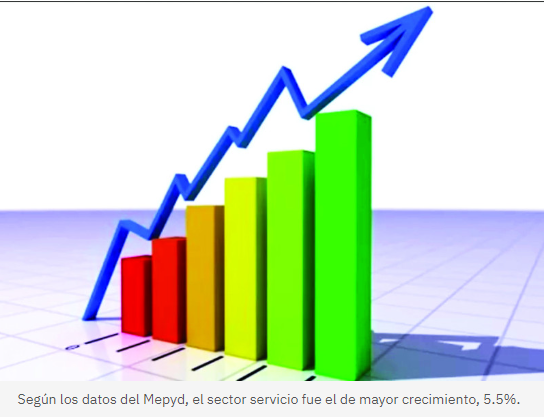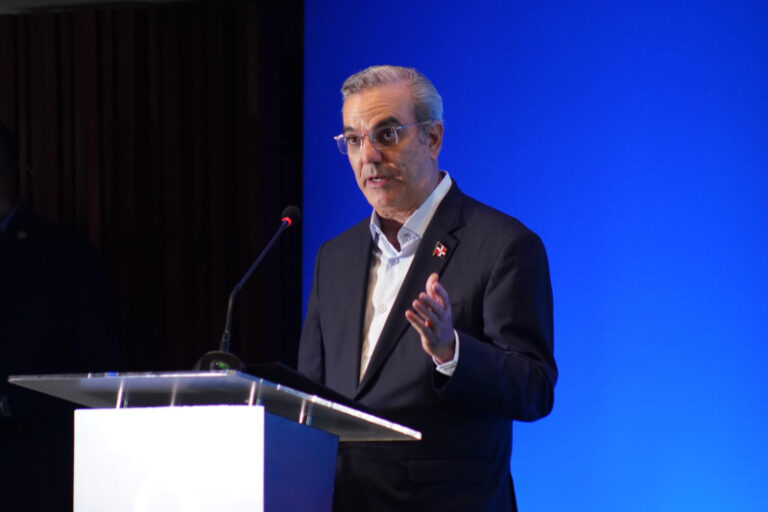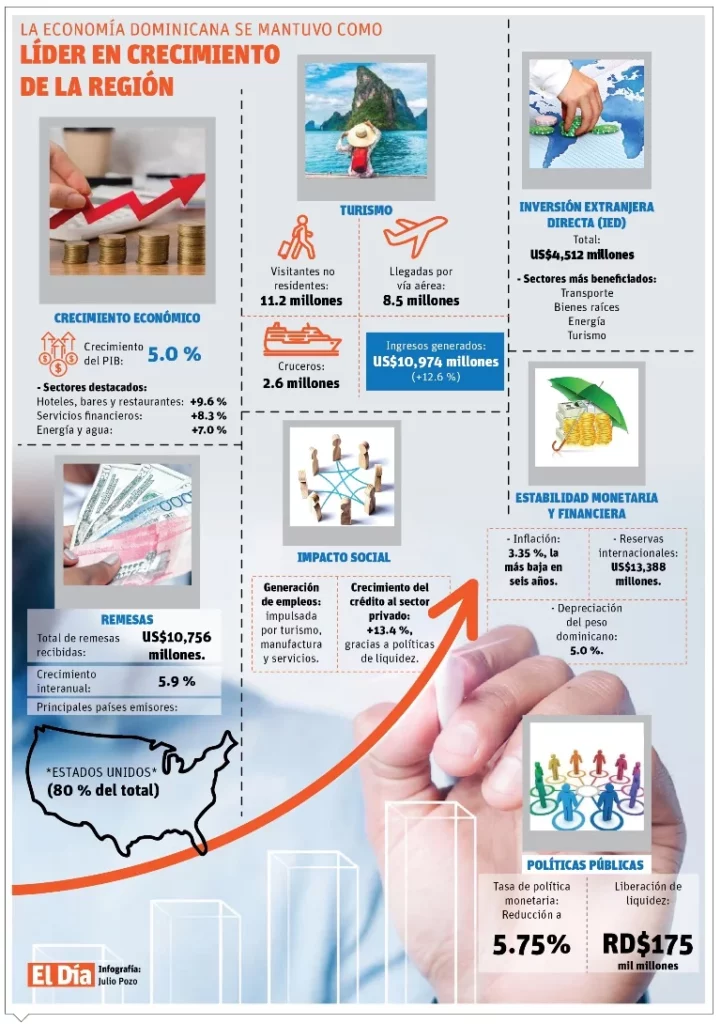The director of Customs highlights the advantages of the country at the logistics level and improvements in the process of sending and receiving goods
As of July this year, the total exports of the Dominican Republic amount to US$7,200.83 million, of which exports destined for consumer goods exceed US $ 3,233.96 million, showing an increase of 5.51%, compared to January-July 2022. Of the total exports, 65 percent comes from companies in free zones.
These figures were released by the general director of Customs, Eduardo Sanz Lovatón, who stressed that the country has all the competitive advantages to be a logistics hub worldwide and in fact, already qualifies in this regard.
He said that the improvements made by this Government include the passing of the new Customs Law 168-21, which was enacted on August 9, 2021.
He stressed that the new law allows the advance declaration thus allowing containers to be dispatched in 24 hours. Now there is a digital application to pay customs taxes, and more than 45 thousand containers have been dispatched under the 24-hour Dispatch program, which benefits 6,530 importers, 70% of whom are small and medium.
Sanz Lovatón said that there are currently 107 exporters registered for the first time, carrying out their processes without having to present physical documents (paperless), and reviewed with non-intrusive technology (X-rays).
Furthermore, 24 services have been automated under the Zero Bureaucracy Program, which is used by 4,273 taxpayers.
He assured that automation is essential to reduce bureaucracy and improve efficiency in customs procedures.
Sanz Lovatón offered these details while speaking at the “Logistics Competitiveness Lunch 2030” hosted by Adoexpo.
The director general of Customs said that previously only 40% of the merchandise entering and leaving the ports was supervised by X-rays, that is, the remaining 60% was counted and supervised “approximately”.
Now, thanks to a public-private effort, modern X-ray equipment has been installed in the ports of Haina and Caucedo and is being installed on the border and Puerto Plata. Now more than 94% of containers are scrutinized by this equipment.
“Physical examination has been reduced, which was discretionary and that’s where the problems lay, but because the X-ray profiles (the container) and specifies the contents it eliminates possible corrupt practices,” Sanz Lovatón said.
He also explained that the concept of a risk engine has now been introduced, which is the use of artificial intelligence in ports to verify goods.
Source:



